
True. I once wrote a short story entitled “Academy Award Afternoon and Evening,” but I was hesitant to publish it because it was based on some friends. Then I remembered that no friends or family ever bought a literary magazine that I was in, so don’t worry.
The story was published twice, and then it became the first story in my first collection, The Middle-Aged Man and the Sea. My friends have never mentioned reading the story.
Author Christopher Dewan (and my former student) wrote on Facebook that the above article is “a glimpse into the sometimes stark gap between what we expect and hope as writers, on the one hand, and reality, on the other. People spend more on their lunch than they will on most books.”
How, then, are we to get strangers to buy our books if our friends and family don’t? That’s what I’ve been trying figure out since I started the series of articles in this blog. This week, I’m trying a book trailer. It’s just not any trailer but the trailer.
A book trailer should not be talky or dull. Some are long, however. People won’t watch long. The first trailer I ever did was long—a seven-minute mini-movie—which I learned from. (You can see it with a click here. I loved what we made, but after three years, it’s had only 405 views as I write this.)
In other words, I envisioned my ideal book trailer as two minutes or less, fast-paced, engaging, and from the heart. Our novel, The Chords of War, pulses with tension, sadness, and love. The trailer needed to distill that, too. It had to offer the sense of young Americans going to war after 9/11.
Thus I turned to my co-author, Samuel Gonzalez, Jr., who served in Iraq and is now a talented director. His first feature film, Railway Spine, a story of three childhood friends drafted into Vietnam, will be distributed soon. He’s made film trailers, too. I figured he’d carve an awesome trailer for us. He did.
You can see the book trailer on YouTube by clicking here.
If you like it and buy our book, well, it worked. If not enough people do, then I’ll keep trying. Heck, Don Quixote had his windmills, and filmmaker Terry Gilliam had his Don Quixote movie, which was stalled in production for over twenty years. I have my war novel that resonates with the meaning I’ve found in life, echoed in those battling and playing music in Iraq.
Heck, maybe even more of my friends might buy it.
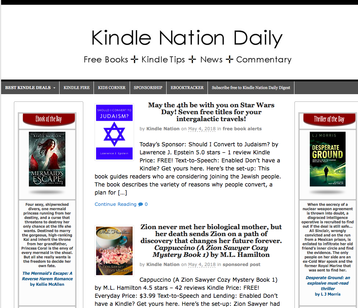

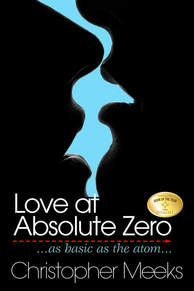
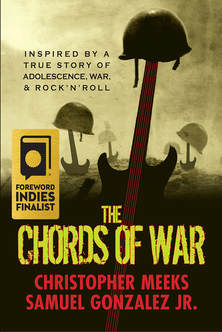

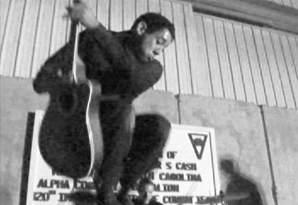
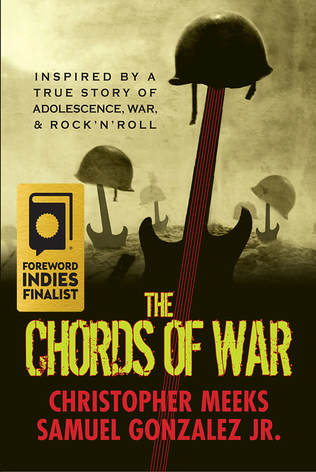
 RSS Feed
RSS Feed